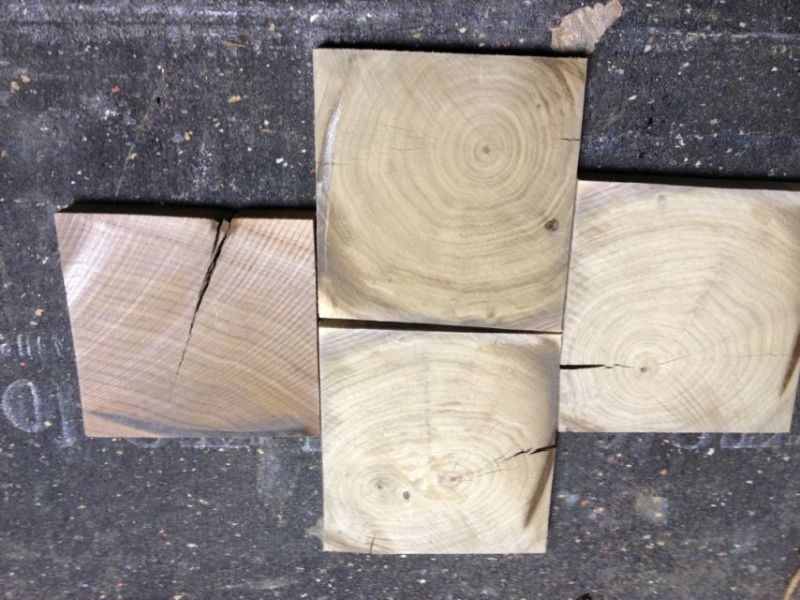Question
In order to promote drying of wood in its most natural position, I have heard of cutting a ring through the bark at the bottom of a live tree and treating this area for bugs. Can you tell me more about this?
Forum Responses
The ring method is commonly called girdling, and involves severing the cambium of the living tree. Drying the wood in the girdled tree is a bogus method!
I agree--do not do this.
Gene Wengert, forum technical advisor
I’ve heard this method is of benefit with log homes in that it minimizes further twist and warping in logs that are processed after being fairly well dried in a standing dead condition.
Comment from contributor E:
I remove trees in Toronto and Ontario, Canada. I have cut down a lot of dead trees and I recently took down a white oak that had been dead maybe ten or twelve years. The limbs were bone dry trunk was a little humid inside. I saw that the wood’s cells were dry because I watched a friend split it for firewood and I had the opportunity to examine it closely over several days.
The American elm when killed by elm-bark beetle which feeds on the cambium layer (inner bark) tends to dry the tree out. It is believed that this is due to the cambium layer absorbing the humidity from the sapwood and heartwood (in limbs up to 10") in its final struggle to go on living. Elm is known to have a long drying time as firewood. The trunks of the elms remain soaking wet. I have never tried to dry them. There are some vigorous undesirable species such as Manitoba maple, Chinese elm, Norway maple, ailanthus, mulberry and etc. These trees are vigorous to the extent that when cut down they grow back from the stump.
To get rid of them without removing the stump you can girdle the tree removing a ring of 12-20 inches of bark from the trunk and the tree will expend its recourses trying to recover. To maintain its existing canopy it will die and have no energy to sucker out from the base. The wood dries as well. The white oak I first mentioned was dry right through so round wood can dry.
